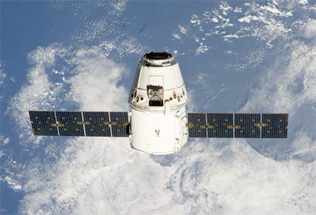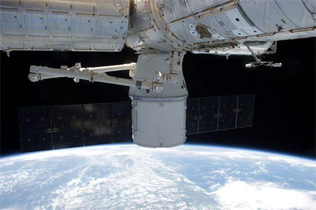I loved space-based games when I was a teenager. Titles such as Wing Commander, Privateer and Tie Fighter dominated my down time and proved to be among the most enjoyable gaming moments of my life. In recent years, the X-series space sim games , which captured the ‘Elite‘ gestalt, have been my only connection to that past, and in all honesty they’re pretty good. More recent versions, such as X3 – Terran Conflict, have been beginning to hit a sweet spot between insane trading, owning and controlling spaceships and space factories of all sizes, and decent combat.

An in-game screenshot from X-Rebirth (image source: Egosoft)
Well, I’m happy to announce that the future is looking pretty rosy, and it’s all on PC. The creators of the X-series, Deep Silver, will be releasing either late this year or next year X-Rebirth, which promises to turn space into a living environment, bringing science-fiction dreams that little bit closer to the PC. Following the release of X-Rebirth, is Star Citizen, an online/offline MMO in the vein of Wing Commander and Privateer that brings what I see as Battlestar Galactica in an alternate form to the people with graphics and ideas that promise to empty wallets in seconds.

An in-game screen shot from Star Citizen/Squadron 42 (image source: Youtube)
Space sims have had a bad name for a while now with mainstream developers continuing to steer clear of a genre that is beloved by so many, for reasons that are completely unknown to me. So, it’s good to see smaller companies and startups trucking it up to fill the void and shame the big companies who have become lost in console 1st person and 3rd person shooters, unwilling to break out and take a risk.
Detail and flexibility are the new buzz word for space sims on PC. We want to see and do everything, and developers are doing their best to deliver that. Outer space is about to become a whole lot more exciting.
Checkout the links and videos below:








